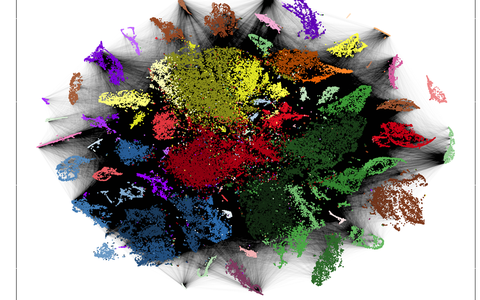Apr 10, 2018
Developmental scars
The MDC researcher Jan Philipp Junker and his team have used CRISPR-Cas9 genome editing to pioneer a technique capable of determining both the type and origin of all the cells in an organism. They describe their method called LINNAEUS in Nature Biotechnology.
Using LINNAEUS, it is now possible to trace the origins and the lineages of disease-relevant cell types such as the insulin-producing pancreatic beta-cells, tissue-resident immune cells, specific types of neurons, cardiomyocytes, etc. In collaboration with the group of Nikolay Ninov at the CRTD, the authors traced specific cell populations in the zebrafish pancreas. LINNAEUS revealed that pancreatic progenitors could contribute unequally to the various lineages of endocrine cells. While some traced cells gave rise to all three major endocrine cell types (alpha, beta, delta), other cells predominantly contributed to the alpha and beta cell lineages. In the future, LINNAEUS can be applied to define how different progenitor populations contribute to organ regeneration in organisms such as the zebrafish, which exhibit very high regenerative capacity even in adult life.
Picture: Technologies such as RNA sequencing show which genes are translated in each individual cell. Using similar expression profiles, they were sorted by colour. The black lines symbolize a common origin of the cells. From these data, the researchers traced the cell lineages. © Junker Lab, MDC

